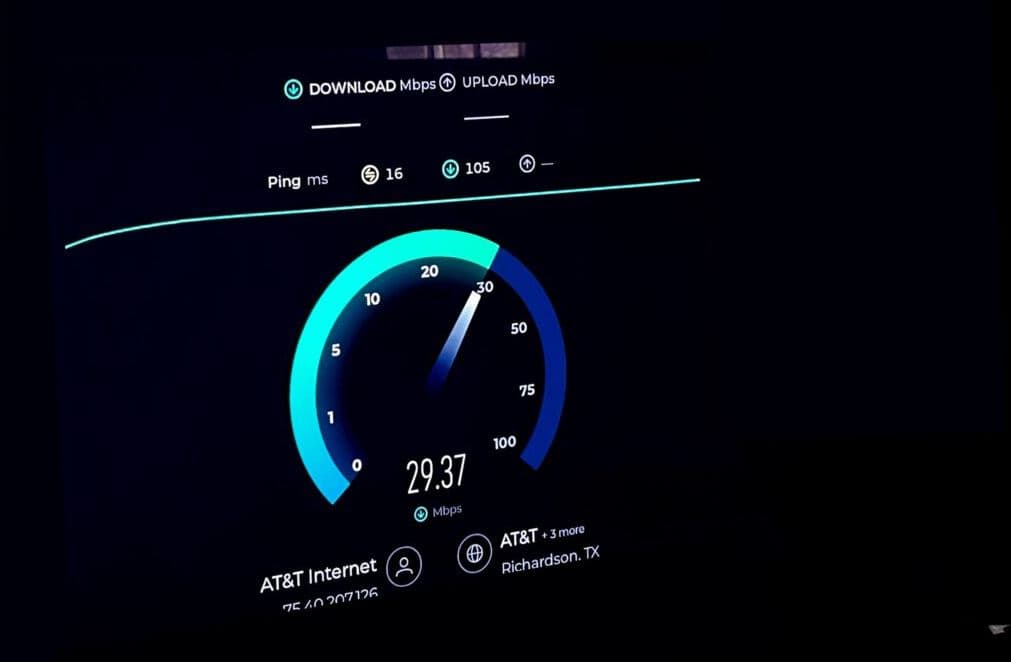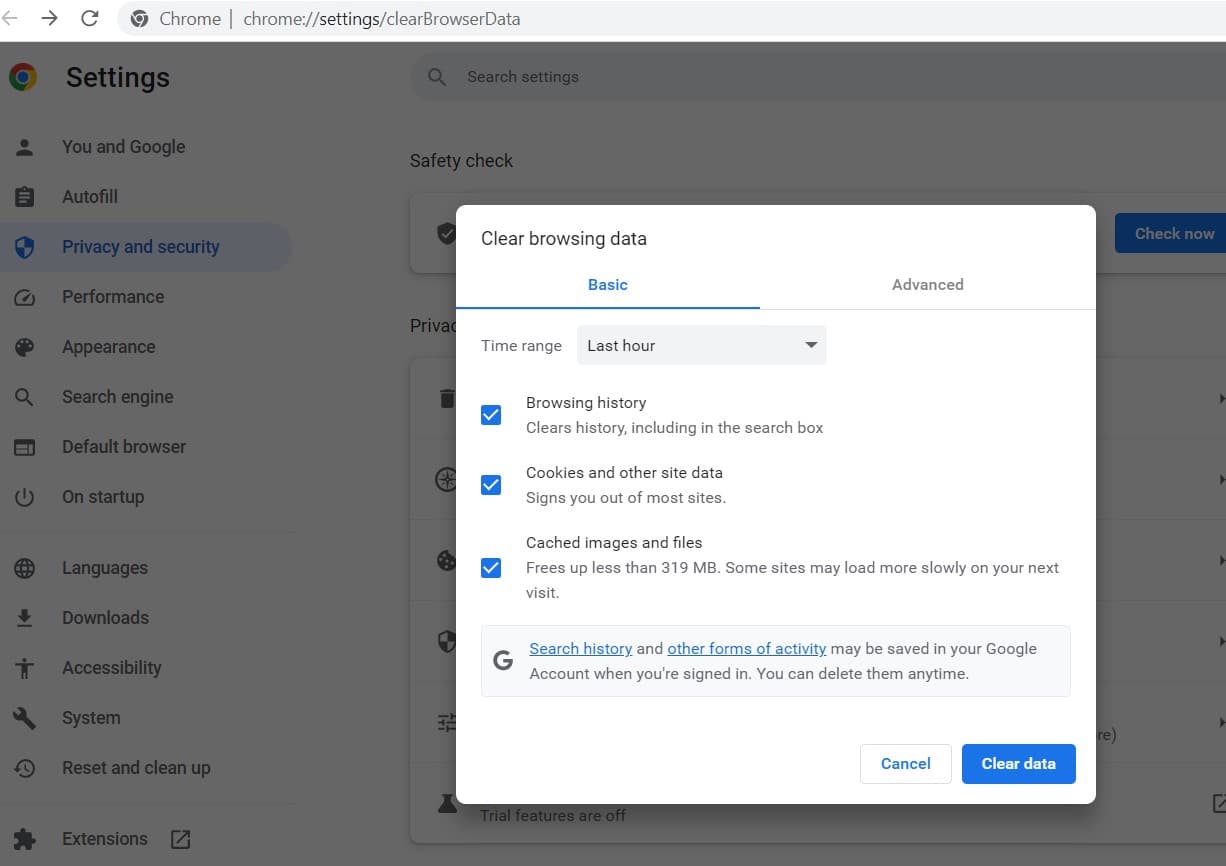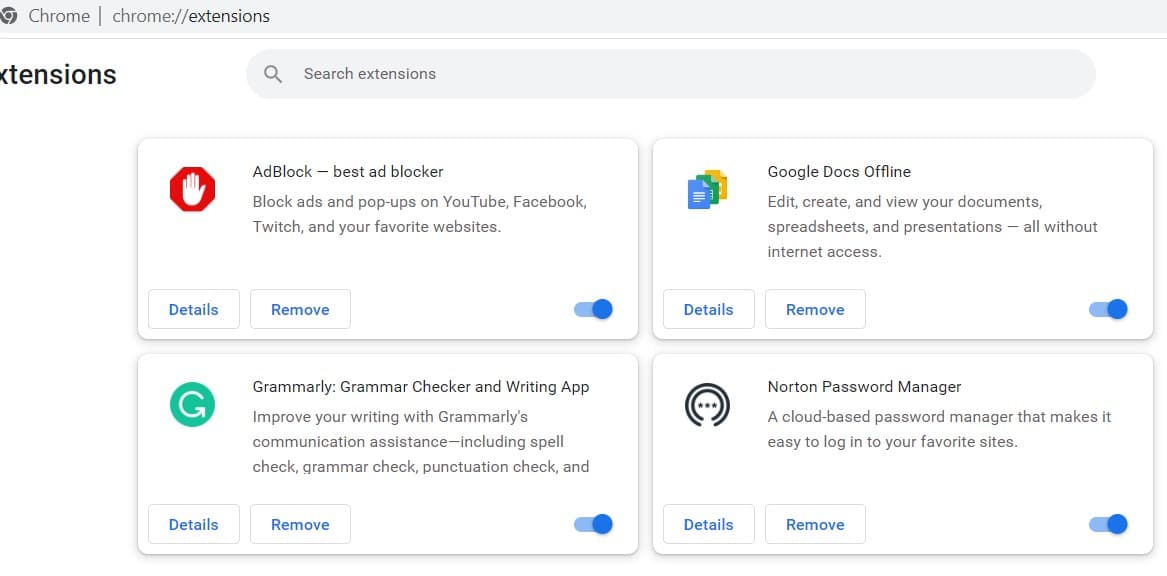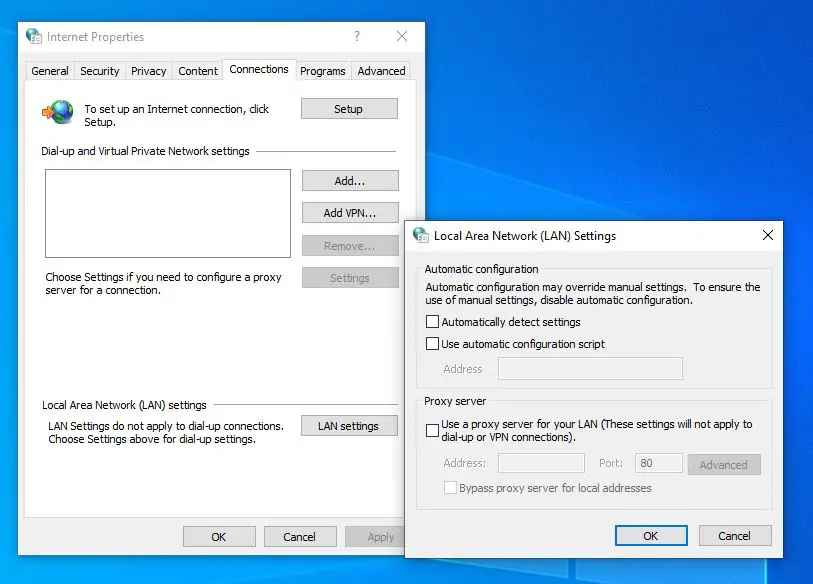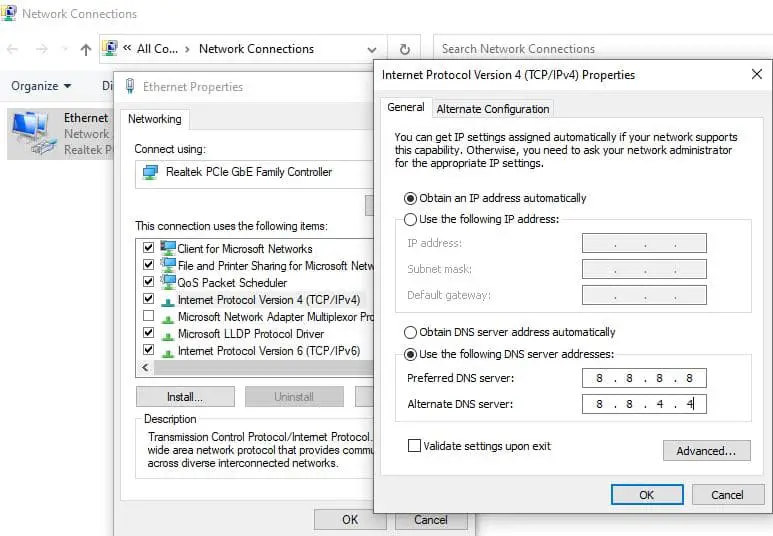Google Chrome is a Popular web browser known for its speed and reliability. However, occasionally you may encounter issues where Chrome fails to load web pages. Several users report, Google Chrome not loading pages properly, or Chrome is displaying white pages only. Various factors can contribute to the issue of Chrome not loading web pages, corrupted Browser Cache and Cookies, malicious Chrome Extensions, and Outdated versions of Chrome browser are common. Whatever the reason, here are some simple steps you can take to troubleshoot and resolve the problem of web pages not loading in Chrome.
Why Google Chrome not loading pages
This issue, “Chrome not loading pages” can be caused by problems with your Internet connection or with the browser itself. Determining the reason behind it helps easily fix the issue and Minimize the time you spend troubleshooting.
- First of all, a slow or unstable internet connection can prevent Chrome from loading web pages properly. And you need to ensure the internet connection is stable.
- Over time, cached files and cookies can accumulate, causing conflicts and hindering the loading of web pages, Clear browser cache is an effective way to fast Chrome browser.
- Certain browser extensions or add-ons may conflict with the normal functioning of Chrome, leading to loading issues, disable them and try loading web pages on Chrome.
- Using an outdated version of Chrome can result in compatibility issues with newer web technologies and cause web pages to load incorrectly, you need to update Chrome latest version.
Again Malware or adware on your system can manipulate browser behavior, Incorrectly configured browser settings or Firewalls or antivirus programs with overly strict settings may block certain websites or scripts, preventing page loading.
Ensure Internet connection is stable
Sometimes, the reason why Google Chrome not loading pages is because your internet connection is slow or unstable. Check your internet connection by opening other websites in a different browser.
You can run online speed test tools like speedtest.net or fast.com to measure internet speed. In addition run ping command to test and verify the reachability of a host on an Internet Protocol (IP) network.
If it works fine, then your internet connection is not the problem. If it doesn’t work, then you may need to restart your router, modem, or device, or contact your Internet Service Provider (ISP) for assistance.
Clear browsing data Cache and Cookies
Browsing data includes things like cookies, cache, history, and passwords that Chrome stores on your device to make your web experience faster and more convenient. However, sometimes these data can interfere with Chrome’s performance and cause errors or glitches. Clear older corrupted browsing data is another effective way to fix chrome not loading pages issue on your computer.
- Open Chrome and click on the three vertical dots in the top-right corner and Select “Settings”
- Locate and select “Privacy and security” then Click on “Clear browsing data”
- Choose a time range from the drop-down menu. You can select All Time to delete everything or a specific period of time.
- Checkmark on “Cached images and files” and “Cookies and other site data,” then click “Clear data.”
Disable or remove Chrome extensions
Extensions are small programs that add extra features or functionality to Chrome. They can be very useful and enhance your web experience, However, Some extensions may conflict with each other or interfere with web page loading. Disabling or removing conflicting extensions eliminates potential sources of conflict, allowing Chrome to load pages smoothly.
- Open Chrome settings then click on the Extensions option, alternetvly you can type chrome://extensions/ in address bar then press Enterkey.
- You will see a list of all the extensions you have installed on Chrome.
- Use the toggle button to Disable extensions one by one and check if the issue persists.
- To remove an extension, click “Remove” below the extension you want to uninstall.
Update Chrome latest version
Sometimes, Chrome may not load pages because it is outdated or incompatible with some websites or extensions. Updating Chrome ensures that you have the latest features and fixes, reducing the likelihood of loading issues.
- Click on the three vertical dots, go to “Help,” and select “About Google Chrome.”
- Chrome will automatically check for updates and prompt you to install the latest version if available.
- Click on Relaunch to apply the update and restart Chrome.
Disable firewall or antivirus
Overly strict security settings in firewalls or antivirus programs may block certain web elements. Temporarily disabling them helps identify if they are the cause, and adjusting settings allows Chrome to communicate freely with the internet.
- Temporarily disable your firewall or antivirus software, reload the page that was not loading and see if it works.
- If the issue resolves, re-enable the software and check its settings to allow Chrome full access. Consult the software documentation for specific instructions.
Disable internet proxy
A proxy is a server that acts as an intermediary between your device and the internet. It can be used to hide your identity, access blocked websites, or improve your security. However, Incorrect proxy settings can impede the connection between Chrome and the internet.
- Press Windows key + R, type inetcpl.cpl and click ok,
- Move to the connections tab, then click on LAN settings,
- Here Under Manual proxy setup, turn off Use a proxy server for your LAN
- Click on then apply to save changes, now try loading the webpage.
Switch to Google DNS
DNS stands for Domain Name System, which is responsible for translating website names into IP addresses that computers can understand. Sometimes, your default DNS server may be slow, unreliable, or blocked by some websites. This can cause Chrome not to load pages properly or at all. Switching to a reliable DNS server ensures accurate address resolution and may resolve loading problems.
- Press Windows key + R, type ncpa.cpl and click on ok
- Right-click on your network connection (such as Wi-Fi or Ethernet) and select Properties.
- Select Internet Protocol Version 4 (TCP/IPv4) and then Properties.
- Check the box next to Use the following DNS server addresses. Enter 8.8.8.8 as the Preferred DNS server and 8.8.4.4 as the Alternate DNS server.
- Click OK and then Close. After switching to Google DNS, reload the page that was not loading and see if it works.
Reset Chrome settings
If none of the above steps worked, you may need to reset Chrome settings to their default values. This will restore Chrome to its original state and remove any changes or customizations you have made. However, this will also delete your bookmarks, passwords, history, and other personal data, so make sure you back them up before proceeding.
Resetting chrome to default eliminates potential issues arising from misconfigurations.
- Open Chrome settings, Then click on Reset settings,
- Next, you need to click on Restore settings to their original defaults,
- A confirmation dialog will appear. Click on Reset settings and wait for the process to finish.
Again Conflicts with other software, particularly security programs, may impact Chrome’s functionality. Identifying and resolving conflicts ensures a smoother browsing experience.
Sometimes, Graphics hardware acceleration issues may lead to rendering problems. Disabling this feature can resolve graphics-related conflicts, potentially improving the display of web content. To disable it, In Chrome settings, go to “System” and Toggle off “Use hardware acceleration when available.”
Malware or adware can manipulate browser behavior, causing loading issues. Removing infections ensures a clean environment for Chrome to operate without interference.
Also read:
- Solved: Images not Loading in Chrome browser Windows 11
- Google Chrome Slow, Not perform well on Windows 10? Try these solutions
- What Is a Firewall & How Does It Work? An Essential Guide
- 8 Windows 10 Privacy Settings Change for Maximum Protection
- Calendar app not working on Windows 11 (After Windows update)

